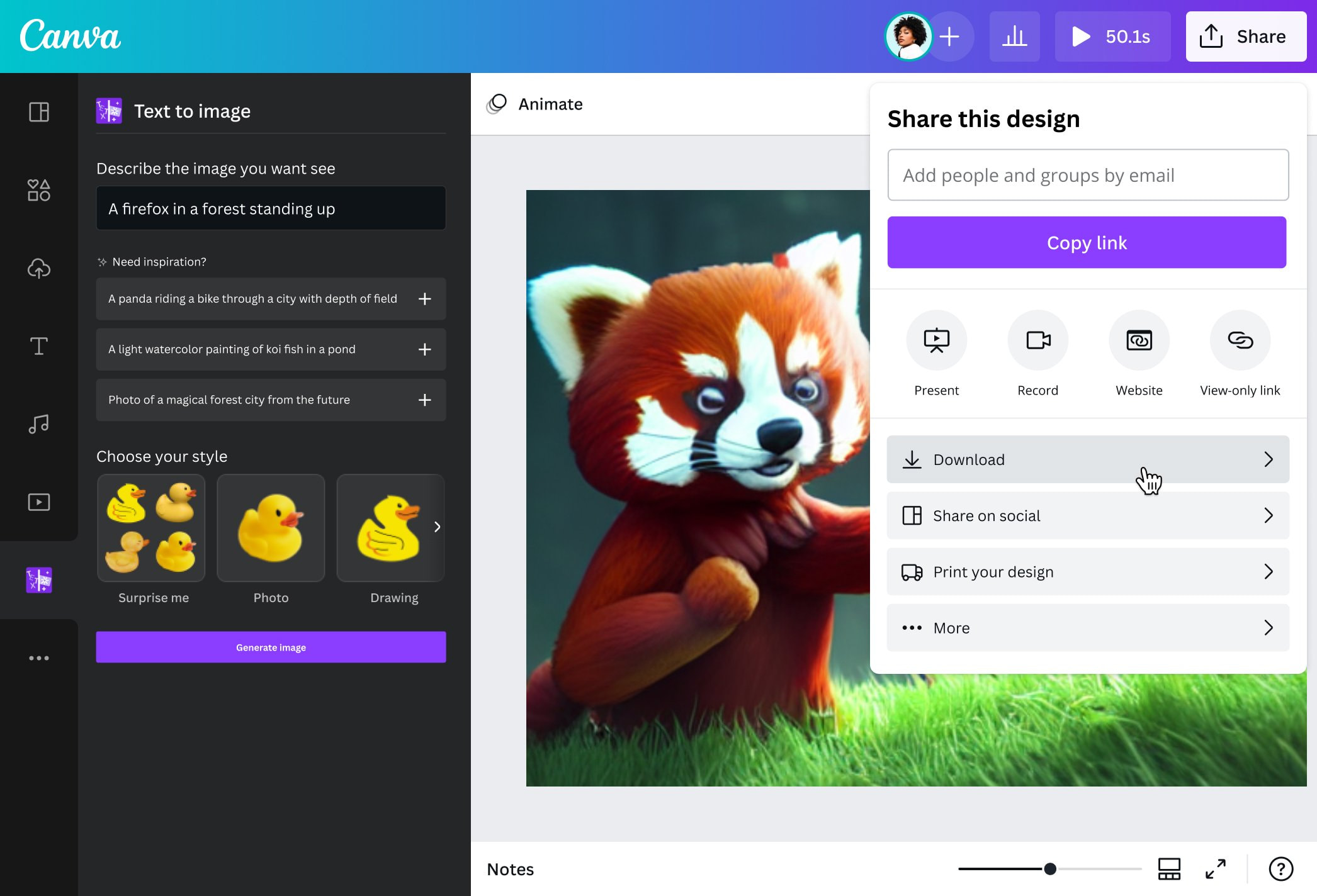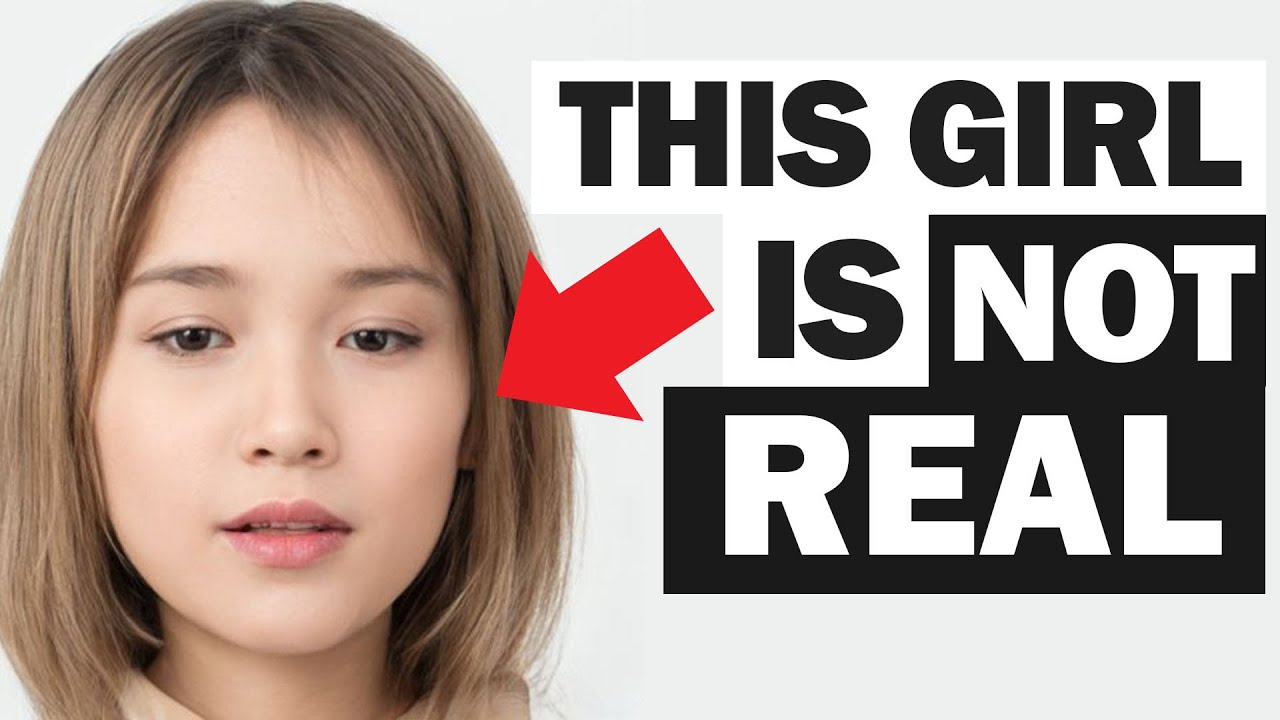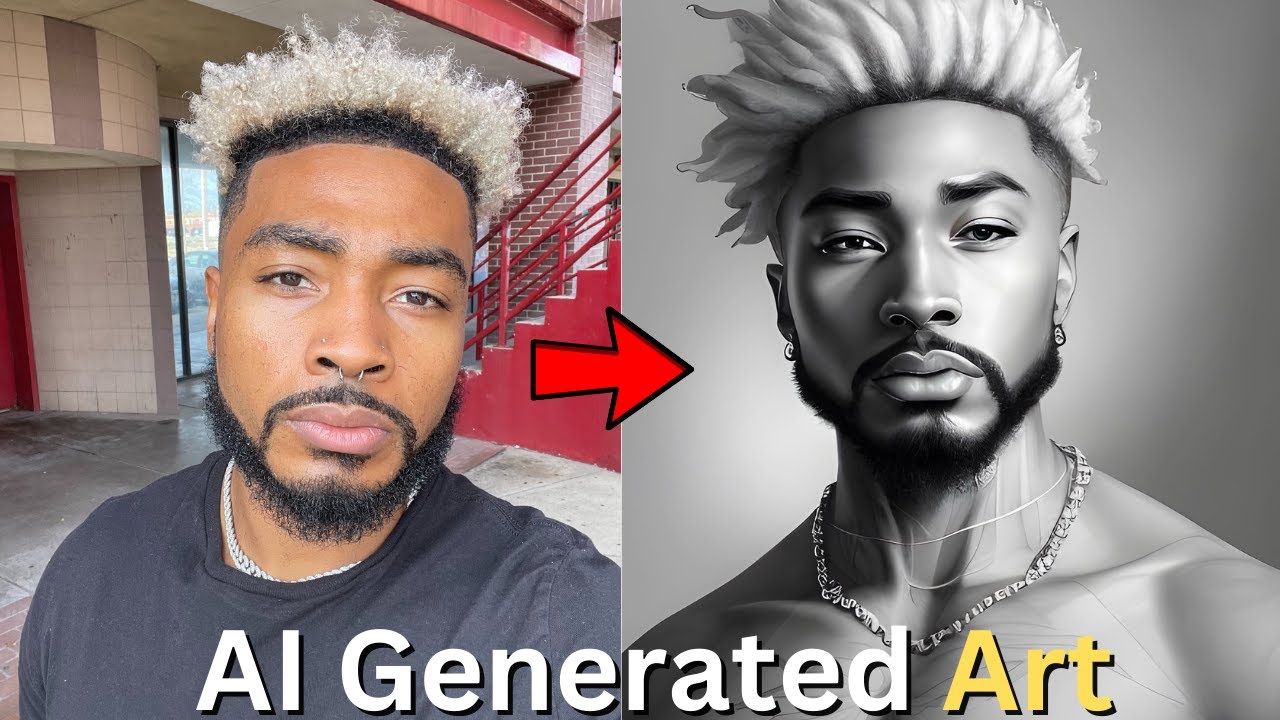In recent years, AI-generated images have taken the digital world by storm. From remarkable artwork to lifelike photographs, artificial intelligence has transformed how we create and perceive images. But what exactly are AI-generated images? Simply put, they are visuals created by algorithms and deep learning techniques rather than traditional photography or illustration methods. These images can range from abstract designs to hyper-realistic portraits, and their increasing prevalence raises intriguing questions about creativity, authorship, and the future of visual media.
Understanding the Technology Behind AI Image Generation

Diving into the realm of AI-generated images requires a grasp of the technology that powers this fascinating field. At the core of AI image generation are neural networks, specifically a type called Generative Adversarial Networks (GANs). Here’s a breakdown of how they work:
- Generative Model: This component creates new images based on input data. It learns patterns and features from existing images, allowing it to produce novel visuals.
- Discriminative Model: This part evaluates the images generated by the first model. It distinguishes between real images and those created by the generative model, providing feedback for improvement.
The process involves these two models working against each other—a true "game" of creativity. Over time, the generative model becomes adept at producing images that are increasingly realistic, as the discriminative model becomes more discerning.
To illustrate this, consider the following table summarizing the steps in AI image generation:
| Step | Description |
|---|---|
| 1. Data Collection | Gathering a large dataset of images for the AI to learn from. |
| 2. Training | Running the GAN through multiple iterations to refine image quality. |
| 3. Generation | The generative model creates new images based on its training. |
| 4. Evaluation | The discriminative model assesses and provides feedback. |
In essence, AI image generation is a collaborative effort between technology and creativity, pushing the boundaries of what we can visually create and imagine.
Also Read This: Learn How to Draw Over an Image Like a Pro
Popular Tools for Finding AI Generated Images

As the world of AI-generated images expands, several tools have emerged to help you discover and identify these unique creations. Here’s a rundown of some popular options:
- Google Reverse Image Search: This tool allows you to upload an image or paste a URL to find similar images across the web. Simply click on the camera icon in the search bar, and you’re all set!
- TinEye: A specialized reverse image search engine that helps you find where an image came from and how it's being used. It’s particularly effective for tracking down the original source of AI-generated images.
- DALL-E Mini (Craiyon): Though primarily an image generator, this tool allows users to create images based on textual descriptions. You can also browse through previously generated images to spot AI art.
- Artbreeder: A collaborative platform that utilizes AI to mix images and create new ones. By browsing through the gallery, you can easily find AI-generated artworks and even modify them to your liking.
- Pixabay and Unsplash: While these are stock image platforms, many users upload AI-generated content. Search using keywords like "AI art" or "generated images" to find stunning visuals.
These tools not only help you find AI-generated images but also open doors to creative inspiration!
Also Read This: How to Open Licensed Adobe Stock in Illustrator
How to Use Search Engines Effectively

Searching for AI-generated images can sometimes feel overwhelming, but with the right strategies, you can easily find what you’re looking for. Here are some tips to make your search engine experience smooth and effective:
- Use Specific Keywords: Instead of generic terms, use precise phrases like "AI-generated landscapes" or "artificial intelligence artwork." This narrows down your results significantly.
- Utilize Filters: Most search engines allow you to filter results by image type, size, or color. Use these options to refine your search further.
- Leverage Advanced Search: Google’s advanced search options let you tailor results to include or exclude certain words, file types, or even specific websites.
- Explore Image Search Tabs: After performing a search, click on the "Images" tab. This will show you only visual results, making it easier to spot AI art.
- Check Licensing Information: If you plan to use an image, always check its licensing. Many AI-generated images on stock platforms are free to use, but confirming the details is essential.
By implementing these strategies, you can become a pro at navigating search engines and uncover a treasure trove of AI-generated images!
Also Read This: How to Write and Publish an Engaging Article on LinkedIn
5. Exploring Online Galleries and Platforms
Finding AI-generated images has become easier thanks to a plethora of online galleries and platforms dedicated to showcasing this innovative art form. Many artists and enthusiasts are embracing artificial intelligence as a tool to create stunning visuals that push the boundaries of traditional art.
One of the best places to start is Artbreeder, a platform that allows users to mix and modify images using AI. You can create unique combinations by blending images, adjusting features, and even controlling styles. The community aspect means you can see what others have created and collaborate on ideas.
Another fantastic resource is DeepArt.io, where you can transform your own photos into masterpieces inspired by famous artists. Upload an image and select an artistic style, and voila! You’ll have a unique piece of art in minutes.
Don't overlook social media platforms like Instagram and Pinterest. Searching hashtags like #AIGeneratedArt or #DeepLearningArt can lead you down a rabbit hole of incredible works. Plus, many artists share their processes and insights, providing a deeper understanding of the technology behind the art.
Lastly, consider browsing curated online galleries that specialize in AI art. Websites like AIArtists.org provide a collection of works from various artists, making it easier to discover and appreciate the creativity inspired by AI.
Also Read This: A Practical Guide to Downloading Reels Infused With Music
6. Evaluating the Quality of AI Generated Images
When it comes to evaluating the quality of AI-generated images, there are a few factors to keep in mind. Not all AI outputs are created equal, and understanding these nuances can help you appreciate the art more deeply.
- Originality: Is the image unique, or does it feel derivative? High-quality AI-generated images often incorporate unexpected elements or styles that set them apart.
- Clarity: Look for sharpness and detail. Blurry or pixelated images might indicate a lower-quality algorithm or inadequate input data.
- Composition: A well-composed image has a balanced arrangement of elements, leading the viewer’s eye through the piece. Consider how the AI has handled spacing and focal points.
- Emotion: Does the image evoke a response? Great art, even when AI-generated, can tap into feelings, thoughts, or memories.
To assist in your evaluation, you might even create a simple rating table:
| Criteria | Rating (1-5) |
|---|---|
| Originality | |
| Clarity | |
| Composition | |
| Emotion |
By considering these factors, you can develop a more discerning eye for the fascinating world of AI-generated images!
Also Read This: Stretching Images in Canva Without Cropping
7. Ethical Considerations and Copyright Issues
When it comes to AI-generated images, ethical considerations and copyright issues are paramount. As these images become more prevalent, they raise important questions about ownership, authenticity, and usage rights. Let's dive into the complexities involved.
Firstly, who owns an AI-generated image? This question doesn't have a straightforward answer. If an artist uses AI tools to create an image, can they claim full ownership? Many argue that since the AI is trained on existing works, it may infringe on the copyrights of the original artists. Here are some key points to consider:
- Original Works: If an AI is trained on copyrighted images, it may produce works that resemble these originals.
- Fair Use: Some argue that using AI-generated images falls under "fair use," but this is still a gray area legally.
- Attribution: Should creators acknowledge the dataset used to train the AI? This is a hot topic in the art community.
Moreover, there’s the ethical concern of misleading representation. AI can create hyper-realistic images that could spread misinformation or fake news. Artists and technologists must collaborate to establish guidelines that ensure the responsible use of this technology.
In summary, navigating the ethical and copyright landscapes of AI-generated images is crucial in fostering a respectful and innovative creative environment. Engaging in discussions and forming regulatory frameworks will help address these concerns effectively.
8. Conclusion and Future Trends in AI Generated Imagery
As we wrap up our exploration of AI-generated imagery, it's clear that this field is not just a passing trend; it's shaping the future of visual arts and media. But what does the future hold? Let's take a look at some fascinating trends that are emerging.
One major trend is the continuous improvement of AI algorithms. As technology evolves, we can expect even more sophisticated image generation that blurs the line between human and machine creativity. Some key future trends include:
| Trend | Description |
|---|---|
| Personalization: | AI will allow for more personalized image generation tailored to individual tastes and preferences. |
| Collaboration with Artists: | More artists will begin to incorporate AI as a collaborative partner, enhancing their creative processes. |
| Integration with Augmented Reality (AR): | AI images will increasingly be used in AR applications, creating immersive experiences. |
Moreover, as the legal and ethical landscapes evolve, we can expect clearer guidelines and standards regarding the use of AI-generated content. This will not only protect artists but also encourage innovation in the field.
In conclusion, AI-generated imagery is a powerful tool that is set to transform how we create and consume visual content. By embracing its potential while also being mindful of the ethical implications, we can look forward to a future rich with creativity and innovation.
 admin
admin








